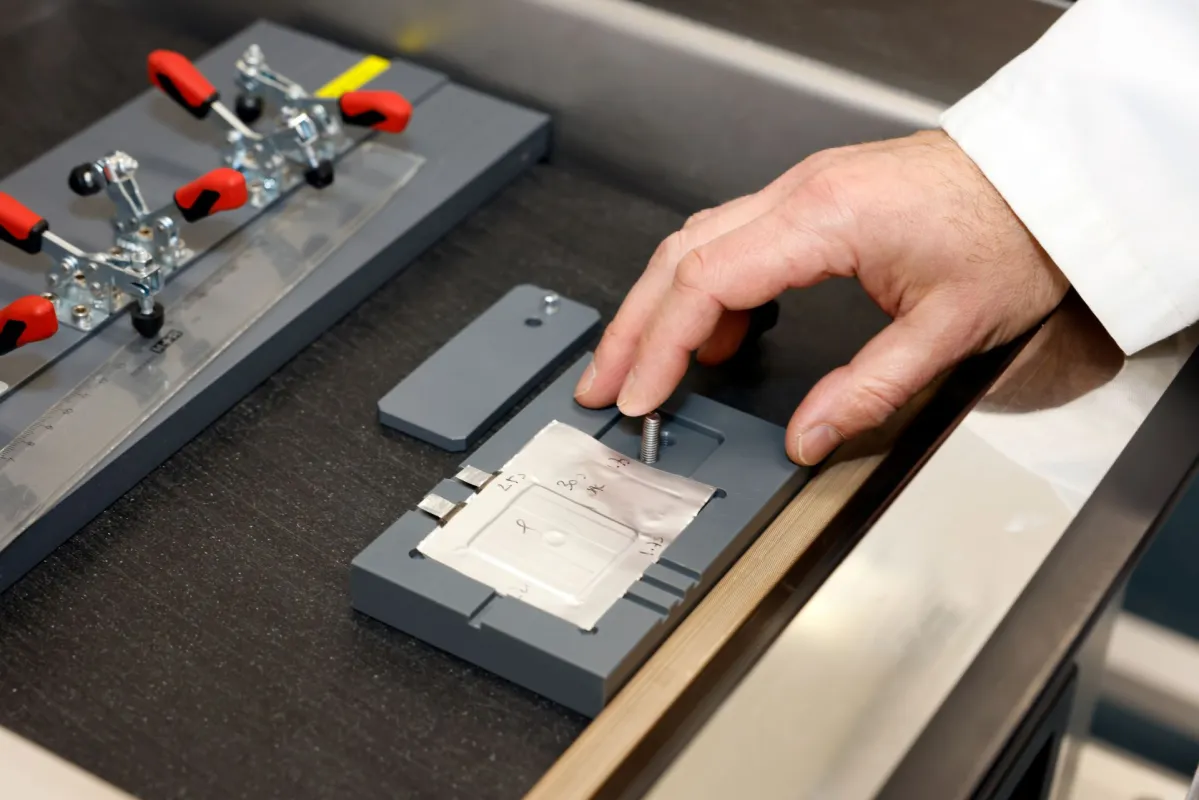
A battery lab in the Netherlands that often makes headlines for its use of salt in power pack innovations is experiencing disorganization.
No need to worry — it’s all part of carefully planned battery research that has the potential to yield faster charge times and greater storage capacity in common lithium-ion packs.
According to experts at TU Delft Labs, “local disorder” in the cathode material increases the number of times that batteries can be powered up and discharged.
While characterized as creating disorder, it’s intricate work involving precise chemistry.
“The layered oxide used as cathode material for Li-ion batteries is neatly ordered. We conducted a structure design study to introduce chemical short-range disorder into this material through an improved synthesis method. As a result, it became more stable during battery use,” lead author Qidi Wang said in a Delft lab report.
Most lithium-ion batteries work when ions move between the anode and cathode during operation, through a substance called electrolyte. Cathodes are often made from expensive materials such as cobalt, manganese, and nickel. Research is happening worldwide, including at Delft, to find cheap, reliable alternatives.
So far, the disorder experimentation is garnering solid results. The power pack’s energy storage capacity retention rate nearly doubled after 200 cycles with “shorter charging times.” The common materials mentioned above were used in the research, all per the lab report.
Better energy storage is crucial as we continue to transition our transportation and energy infrastructure to renewable power sources. Delft’s research could lead to a battery manufacturing process that costs less and creates a smaller amount of air pollution.
Experts at Cambridge are capitalizing on disorder in energy storage tech, as well. They found that supercapacitors that have cathodes with a “messy” structure perform better than more neatly made ones. Supercapacitors store energy but with a different configuration than batteries.
Lithium-ion power packs already provide a cleaner way to power electric vehicles when compared to gas guzzlers, even though many of the materials in them must be gathered via invasive mining.
In fact, switching to an EV can prevent up to 100,000 pounds of planet-warming air pollution during a decade. Gas fumes are linked to numerous health concerns, including childhood asthma, so a cleaner ride is an investment in the future from multiple perspectives. Government tax breaks and competition are also driving down costs, making EVs more accessible than ever.
For Delft’s part, the next steps are to figure out how to organize its disorder breakthrough with less expensive materials, decrease the hard-to-gather elements needed, and cut overall costs.
“It would be a good thing to reduce the use of these materials in batteries,” study senior author Marnix Wagemaker said in the lab report.
